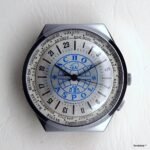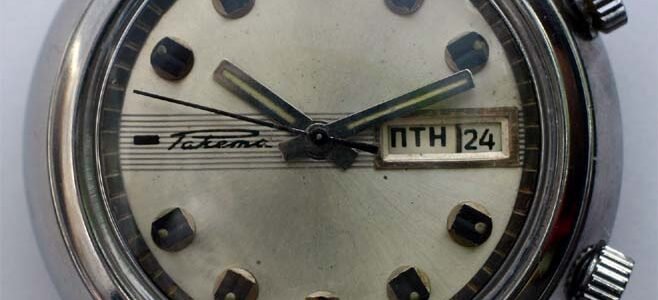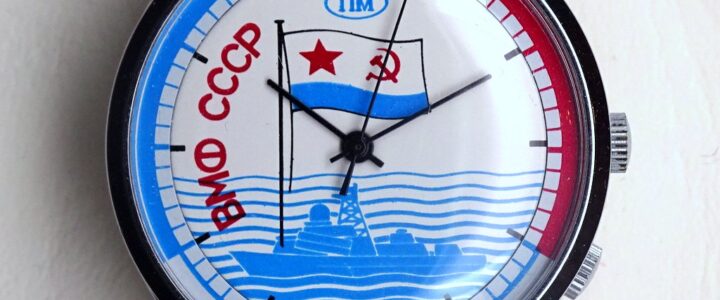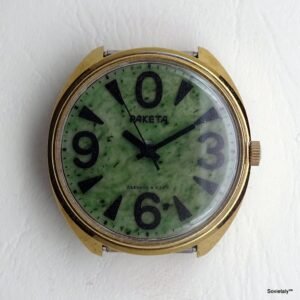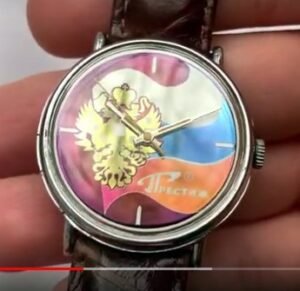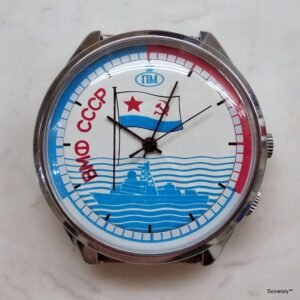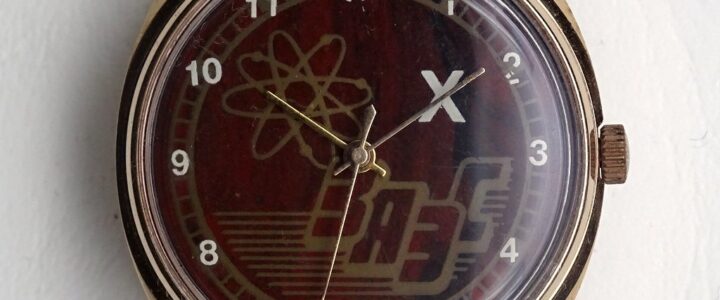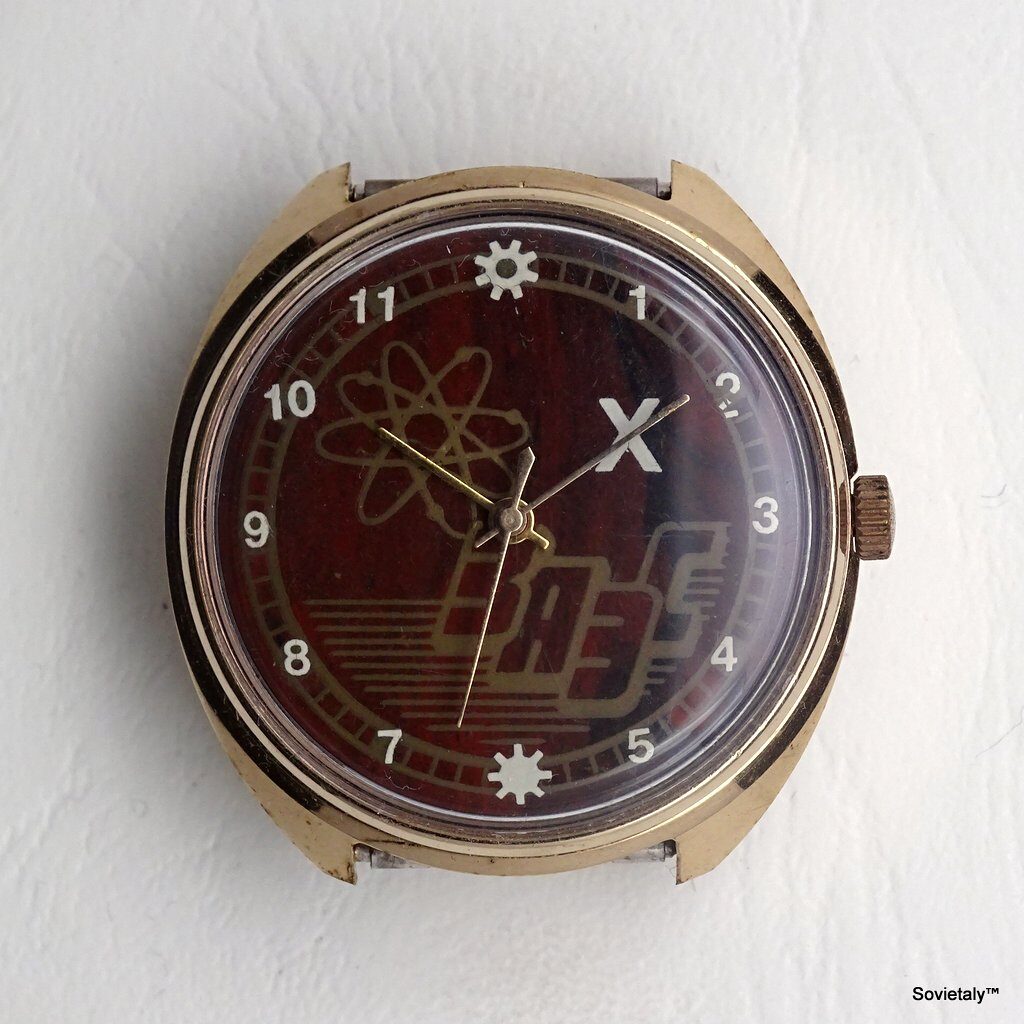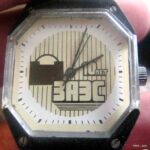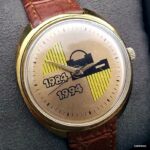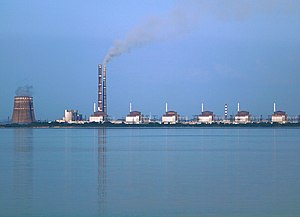The Raketa 3031 is considered one of the most complex and fascinating watches ever produced by the Soviet watch industry. This article delves into the technical characteristics, history, and rarity of this unique model, providing a comprehensive overview for collectors and vintage watch enthusiasts.
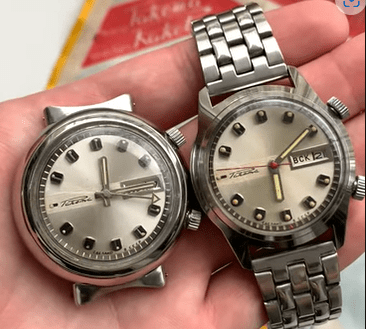
History and Production
The Raketa 3031 was produced by the Petrodvorets Watch Factory, one of the oldest watch factories in Russia. The model was introduced in the 1970s and 1980s, with two main production batches:
- First Batch (1974): 200 units
- Second Batch: 1,000 units
Technical Characteristics of the Raketa 3031
- Movement:
- Caliber: 30 mm
- Qualification: 3031 (indicates the presence of a calendar and shock protection)
- Mechanism: Manual winding mechanism with 17 jewels
- Differences from subsequent movements:
- Rotor positioned on the right side of the movement
- Calendar star is straight
- Calendar disk has a slight “jump” before setting
- Construction:
- Case: Stainless steel
- Crystal: Slightly domed
- Case Back: Screwed
- Crown: Offset
- Alarm Bezel: Red with a pointer for setting the time
- Water Resistance: Supports water pressure up to 20 atmospheres
- Functionality:
- Alarm Setting: The winding crown is pulled out and turned counterclockwise to set the alarm time.
- Alarm Sound: A buzzer sounds at the set time.
- Variants:
- Lug Design: Some variants feature integrated lugs, while others have separate, more pronounced lugs.
- Second Hand: Some versions have a red second hand, others silver.
- Date Window Frame: The golden frame can have different background colors (black or white).
Variants of the Raketa 3031
Variant 1
- Dial: Silver with black rounded indices and silver hands.
- Case: Rounded shape with integrated lugs.
- Date and Day: Day indicated in Cyrillic and date with a golden frame and black background.
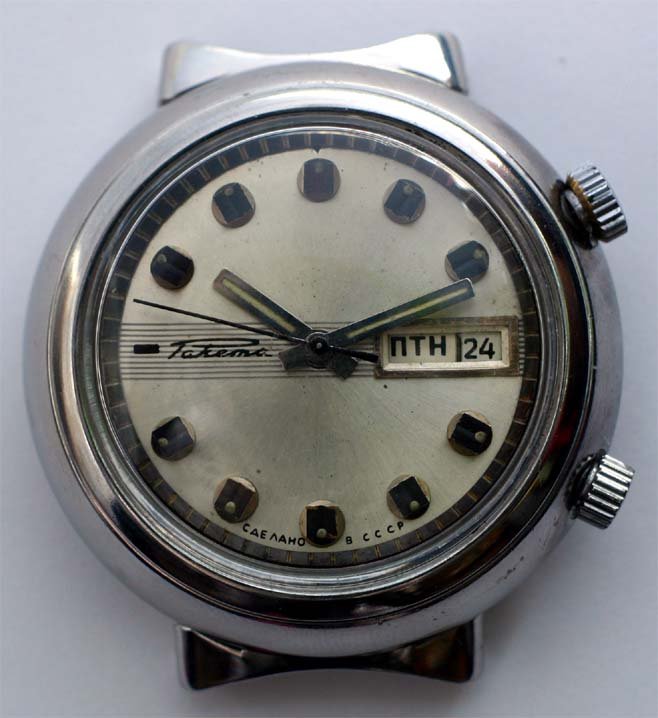
Variant 2
- Dial: Silver with black rounded indices and silver hands. Red second hand.
- Case: Rounded shape with separate, more pronounced lugs.
- Date and Day: Day indicated in Cyrillic and date with a golden frame and white background.
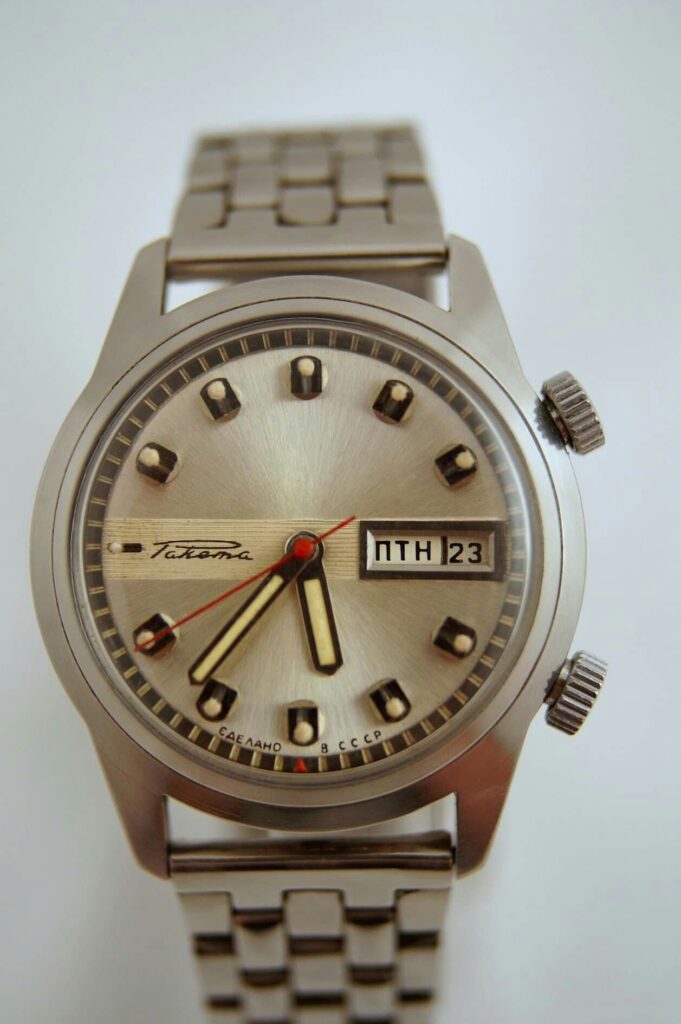
Analysis of the Internal Movement
The photo of the Raketa 3031’s internal movement reveals a well-finished and decorated mechanism. The rotor of the automatic movement features particular decoration, highlighting the attention to detail typical of this model. This confirms the complexity and precision of the Raketa 3031, making it the most complicated Soviet watch ever produced.
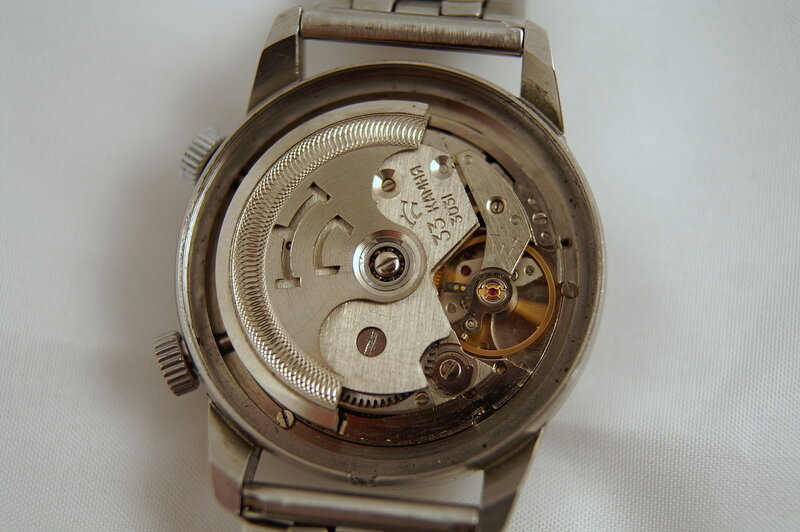
Brochure Translation for Raketa 3031/303318
Description of Model 3031/303318
Model 3031/303318 — stainless steel case, waterproof — supports water pressure up to 20 atmospheres. The dial is silver, with a ray design, and a calendar window. The indices are in relief, silver-colored with black tips, filled with luminous material. The calendar frame is superimposed, silver-colored. The inscriptions are printed in black. Around the dial is a signal device ring, which also serves to measure underwater time. The hands are nickel-plated, with luminous material.
Rarity and Collecting
The Raketa 3031 is extremely rare and highly sought after by collectors. The current value of this watch ranges from €5,000 to €10,000. Its technical complexity and limited production contribute to its high market value.
Conclusion
The Raketa 3031 is an excellent example of Soviet watchmaking engineering. Its unique features, limited production, and distinctive design make it one of the most complex and appreciated watches among collectors worldwide. If you are a watch enthusiast, the Raketa 3031 is definitely a piece to add to your collection.
Reference Videos
For more details and an in-depth look at the features of this extraordinary watch, here are some useful videos:
- Video by Dmitry Brodnikovskiy: “Самые дорогие часы СССР-легендарная Ракета 3031” Watch on YouTube
- Other Informative Videos:
- Complete Guide to Modern Russian Watchmaking
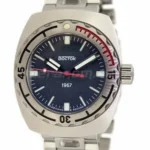
- Soviet CCCP Watch: The History of SOVIET Watches from the ’90s
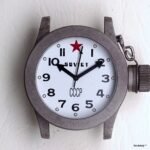
- Russian Military Watches: A Comprehensive Guide
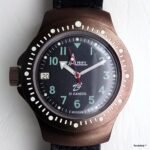
- History of Slava: The Second Moscow Watch Factory
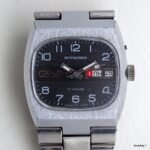
- History of Poljot: From the First Moscow Watch Factory to Volmax and Maktime
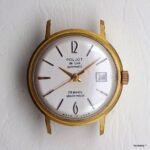
- Discover the Exclusive Raketa Aspol Watch: A Piece of Polar History
